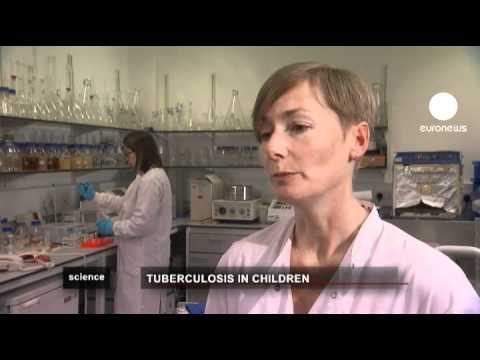Tuberculosis remains a threat to children’s health all around Europe. Child TB is hard to diagnose and difficult to cure. Why is it so challenging, and what needs to be done to stop the illness from spreading?
It is much harder to diagnose TB in a child than in an adult. Children generally do not have much sputum (saliva) with enough bacteria present for a conclusive analysis. To make the correct diagnosis, paediatricians have to put together a large jigsaw puzzle of various clues.
Child tuberculosis seems to have become so rare in certain countries that many paediatricians fail to consider it – unless the patient comes from a risk group.
We talk to the mother of a young boy with TB, Dr Beate Kampmann from Imperial College London, a leading specialist in the field, Davide Manissero, TB Programme Coordinator, European Centre for Disease Prevention and Control and Monica Lascu, Head of Pediatric TB Section, at the Pneumophtisiology Hospital in Brasov, Romania.
Eventual elimination of tuberculosis in Europe and elsewhere may only become possible with a range of international efforts – not just medical: the disadvantaged social and economic situations of some of the most TB vulnerable children is a key aspect as well.





